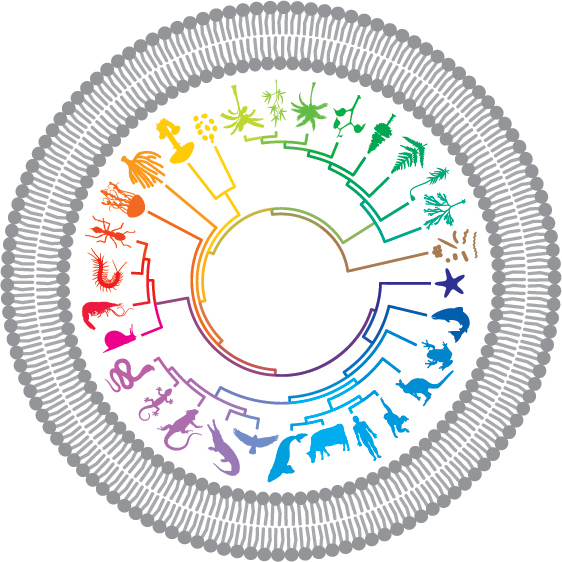 BMC Biology publishes today a research article
BMC Biology publishes today a research article
(from Chiari et al) on the placement of turtles in the
evolutionary tree, which supports their position as a sister group to
the birds and crocodiles (collectively called the archosaurs). This
isn’t the first time that a similar placement has been supported, as
Blair Hedges – who published a similar result more
than a decade ago – discusses in an accompanying commentary.
So why is it interesting?
Partly, it’s because there has been
some recent dispute over the correct placement, particularly from a
paper claiming microRNA analysis actually places turtles closest to
other reptiles – snakes, lizards and the like, collectively termed
lepidosaurs – a placement that agrees with more traditional taxonomic
placements based on morphology. A reaffirmation of the grouping with
archosaurs is therefore important.
And partly, it’s because of
the strength of the analysis: the amount of sequence data used is large
(the analysis is based on 248 separate genes), and the authors are
careful to avoid analytical artefacts by analysing the influence of
third codon positions – which can cause trouble through mutational
saturation – and of the underlying heterogeneity between different gene
trees. Much has been written recently about problems of reproducibility
in science, and phylogeneticists should take some pride in a culture
that in some ways represents the ideal: the continual updating and/or
reinforcement of previous results with new data and new analytical
techniques is encouraged, and a strong study is usually welcomed
regardless of whether it conflicts with or simply corroborates existing
conclusions.
Comments